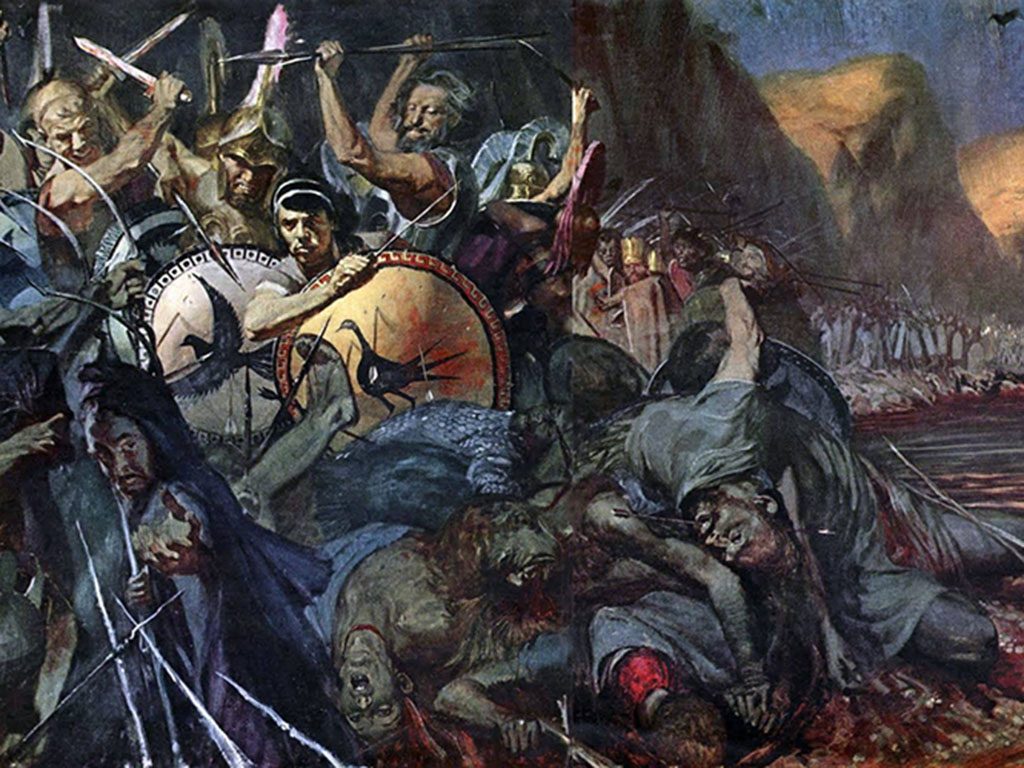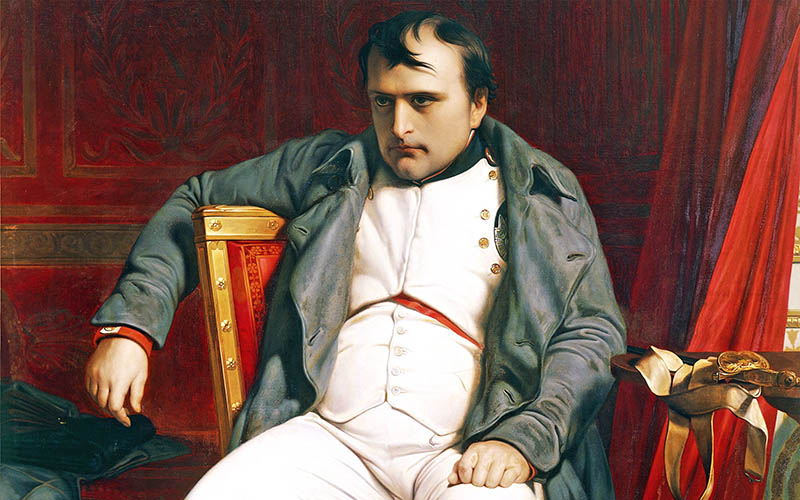
Photo: independent.co.uk
The popular saying “History is written by the winners” isn’t entirely accurate. Neither are many so-called historical facts, for that matter. History is written by thousands of people and re-written by a thousand more. It’s then passed along by millions who may or may not have heard it from the right source. Of course, that’s assuming that the “right source” even knows what they are talking about in the first place.
With all this telling and re-telling, it’s no surprise that “historical facts” are sometimes little more than a lie. As common as this is, there are certain historical misunderstandings that have become far more popular than the truth. In an effort to curb any confusion, we present to you the true story behind the popular version of certain historical events.
300 Spartans Defended Against an Army of 100,000 Persian
The “Fact”
300 Spartans bravely fought an army of 100,000+ Persian soldiers at the Battle of Thermopylae. Through a combination of superior strategy, superior training, and superior positioning, they were able to buy Greece enough time to raise a real army.
The Truth
There were 300 Spartans at Thermopylae who fought bravely, but they were accompanied by about 3,000 – 4,000 Greek soldiers. Even when Leonidas dismissed the majority of the troops to avoid a slaughter, approximately 1,100 Greek soldiers remained to fight alongside the Spartans.
It’s fairly obvious why this story so often excludes the other troops. The Spartans played a vital role in the battle and certainly helped ensure the Greeks weren’t immediately beaten.
Napoleon Was an Incredibly Short Man
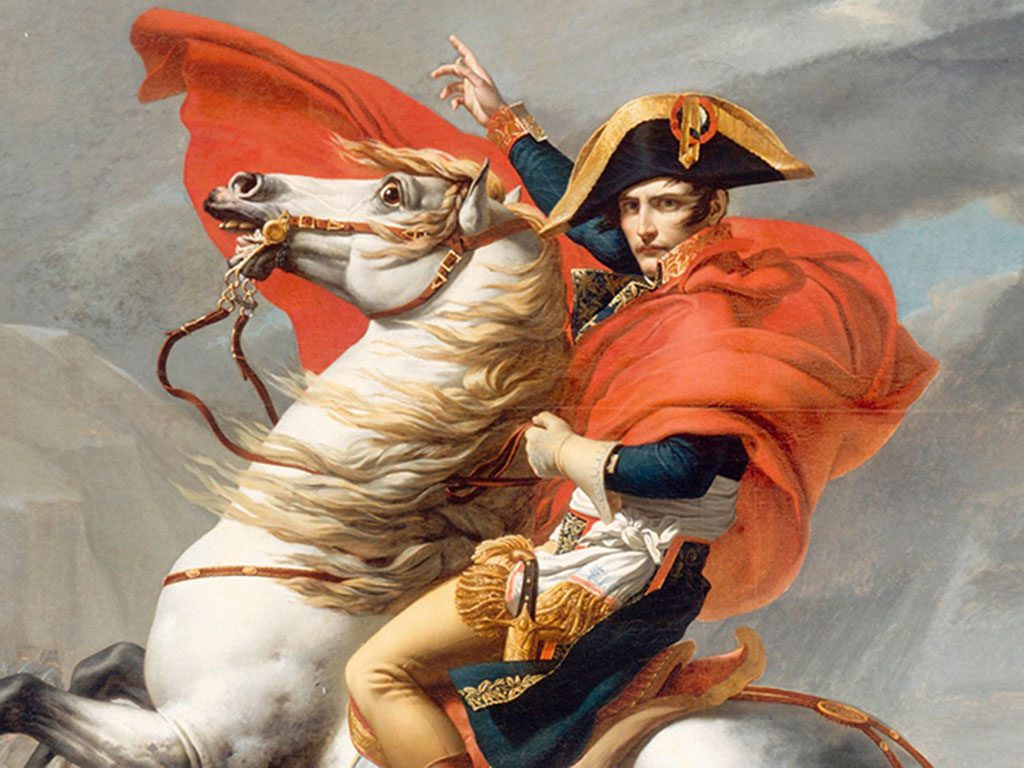
Photo: planet-wissen.de
The “Fact”
Napoleon was a great commander, but a comically short one. In fact, Napoleon’s short stature is so legendary that we use the term “Napoleon Complex” in regards to shorter individuals with an aggressive disposition.
The Truth
Napoleon was about 5’7”. That hardly makes him a giant, but he was taller than the average French man at that time and about as tall as the average man in general. So where does his seemingly small size come from? Well, it’s believed that Napoleon’s enemies did such a great job of running a propaganda campaign about Napoleon’s supposedly short height that generations of people continued to believe it.
Christopher Columbus’ Discovery of The North American Mainland Proved the Earth Was Round
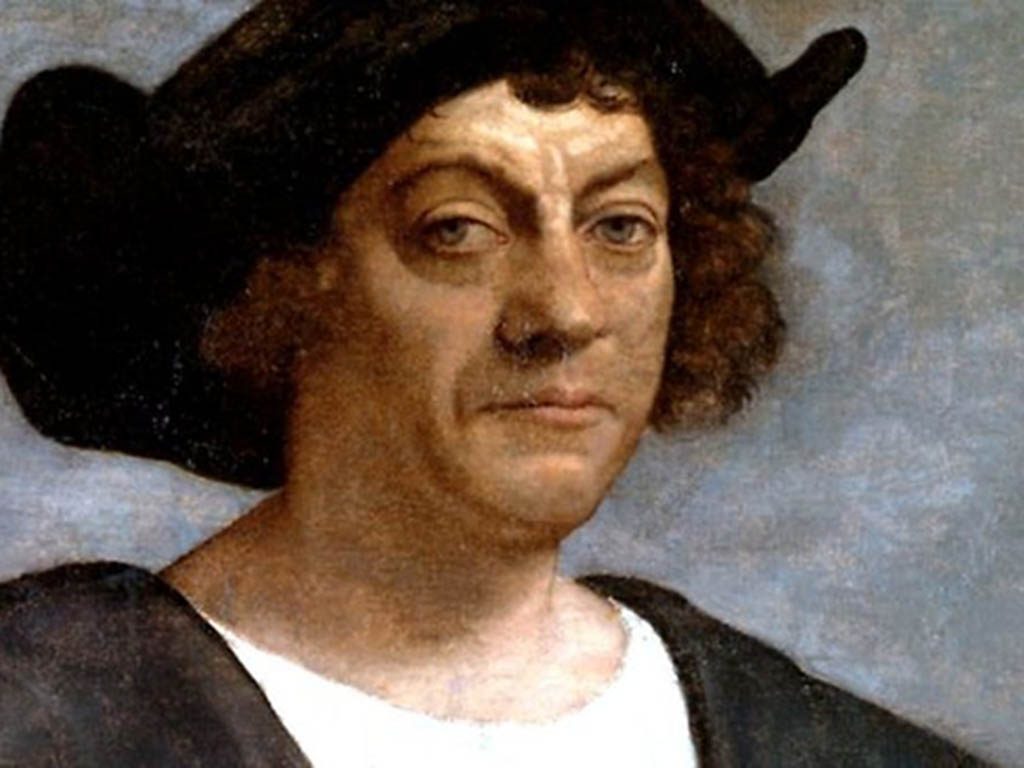
Via: biography.com
The “Fact”
Christopher Columbus discovered mainland America during an ambitious expedition that most believed would lead to failure. In the process, he also helped prove that the world was not flat as previously thought.
The Truth
Christopher Columbus is probably one of the most misinterpreted historical figures. First off, the idea that the world was round was introduced well before Columbus set sail and was popular in many civilized parts of the world. Columbus did little to spread that idea.
Second, Columbus didn’t discover what is now the mainland United States. He found the West Indies. Interestingly, he is believed to have insisted that he found the passage to India that he was looking for until the day he died.
The Significance of the Fourth of July in America
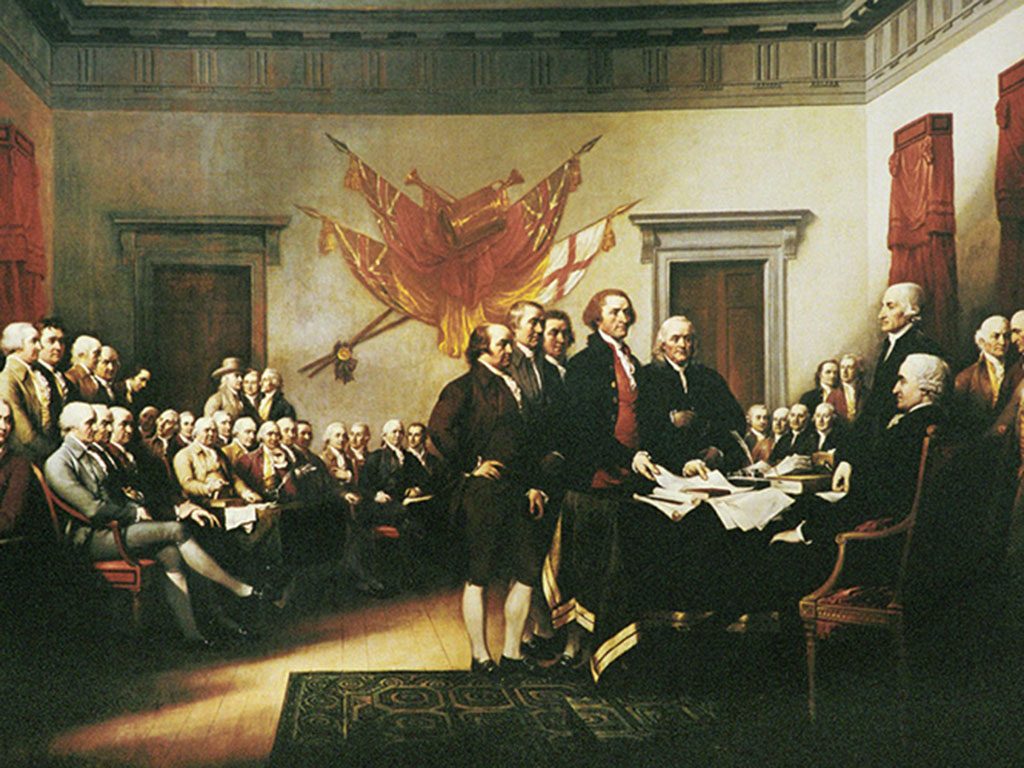
Photo: ushistory.org
The “Fact”
On July 4, 1776, United States representatives signed the Declaration of Independence which freed America from Great Britain and announced their intentions to become a sovereign nation.
The Truth
The Declaration of Independence wasn’t signed on July 4th. On July 2, 1776, America formally declared independence. John Adams thought that date would become the most significant date in U.S. history. On August 2nd, the Declaration of Independence was formally signed by all necessary parties. So what happened on July 4th? Congress approved the final version of the Declaration of Independence on that day. Legally, that was quite a significant date.
Thomas Edison’s Role in The Invention of the Lightbulb
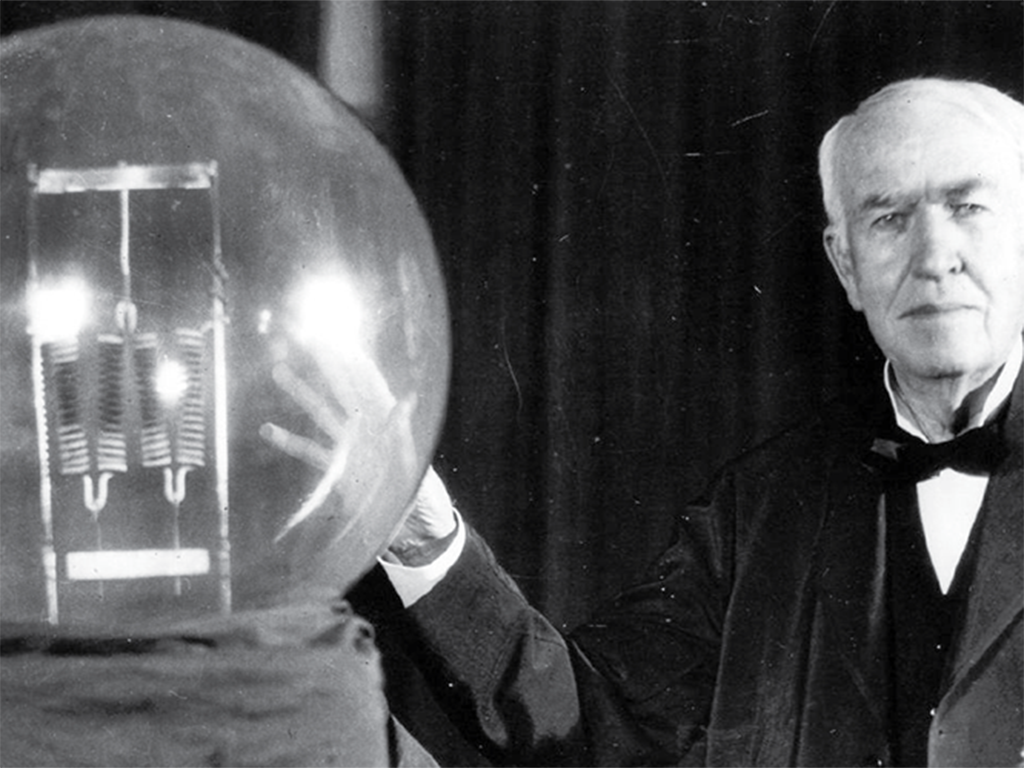
Photo: historicamerica.org
The “Fact”
Thomas Edison’s tireless work and ingenuity eventually led to the creation of the light bulb. This, in turn, helped people across the world throw away their torches and embrace a new age of electric technology.
The Truth
What Edison actually did was create a prototype for the modern light bulb. It was easy to install – at least for the time – and lasted long enough to bother installing it at all. However, there were many, many men who created working prototype light bulbs before Edison. Heinrich Goebel was likely the first person to build a functional facsimile of the light bulb we know today, and Joseph Wilson Swan actually patented a light bulb before Edison. Edison’s claim to this particular fame can be traced back to his skills at promoting himself and beating other inventors in court.
Don’t feel dismayed if you’ve long believed the “factual” version of these events. One of the things that make history so fascinating is that it is so easily misinterpreted. Remember that it’s the constant pursuit of knowledge that is often more important than knowledge itself. After all, who is to say what you know is true to begin with?


